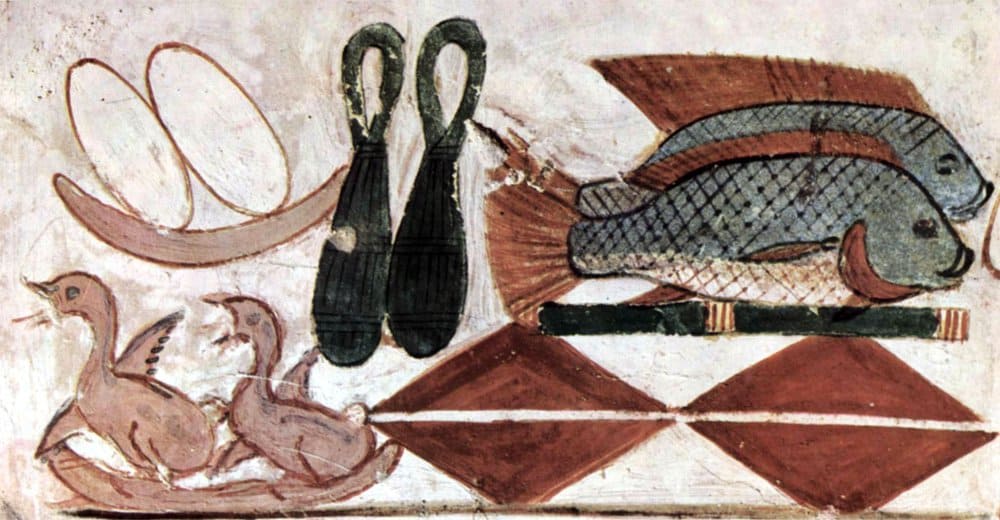
Rare Egyptian Paint Found Inside Ancient Portraits
Given what we know about mummies — and their purpose in general — it’s safe to say that the ancient Egyptians knew plenty about preservation. Chances are high that they knew plenty about art as well, even if those secrets have been lost to history. As it so happens, some of those secrets have come to light, and we owe those new discoveries to some dusty paintings.
The key element is actually a key pigment; Egyptian blue was thought of as a type of paint used solely for special purposes. However, recent studies and special methods such as X-ray fluorescence have exposed some new details. As it turns out, it saw use as a way to create other colors in paintings and portraits, as well as form preliminary sketches. The latter use may have proved vital; the paint studied dates back to the second century, as a part of the artwork to be attached to the deceased during mummification. It wouldn’t have honored their memories well if the art wasn’t up to snuff.
Right now, the current theory is that Egyptian blue was much more common in the second century than originally thought — which would be consistent with our understanding of history. That period saw Egypt influenced heavily by Greco-Roman culture, including art; their colors and styles meant that the old ways were effectively phased out despite earlier popularity. Thanks to this discovery, we know that parts of their society lived on — even if they stayed hidden for centuries.


